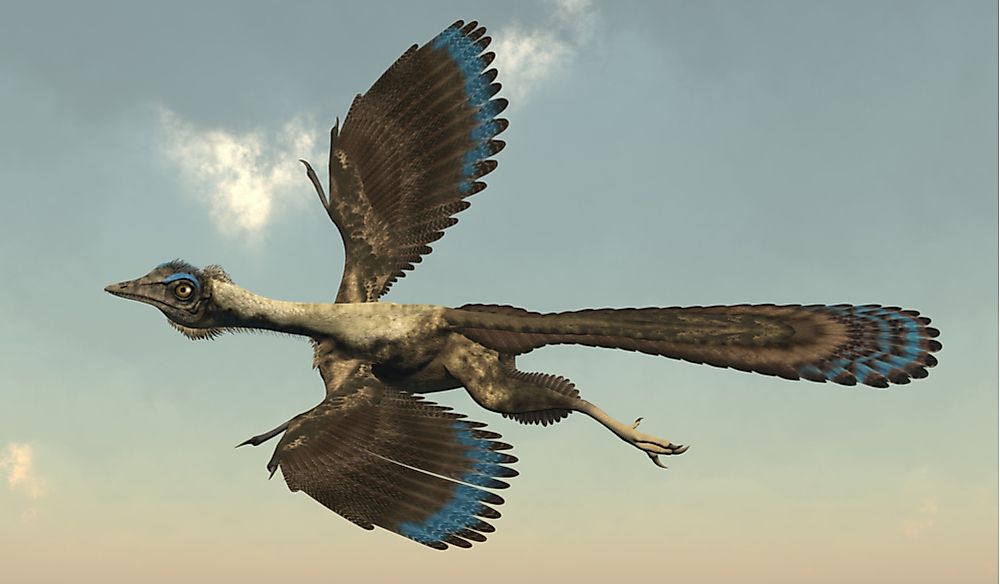What Is A Transitional Fossil Or A "Missing Link"?

A transitional fossil is one that shares traits with both its ancestral group as well as those of its later descendants. Such fossils, therefore, represent the evolution of an organism from its original form to its current state. Transitional fossils provide scientists with valuable tools with which to illustrate the development and adaptations of an organism from its earliest origins millions of years ago to its modern form. The discoveries of a wide variety of transitional fossils across the globe can be used in order to illustrate the intermediate phase of an organism which takes place during the time between its ancient ancestors to the evolution of its modern descendants. One example of an intermediate stage in the development of a modern life form is the Aetiocetus which existed 25 million years ago. This transitional fossil bridges the gap between the ancient Pakicetus, which existed 50 million years ago, and the modern gray whale.
Charles Darwin
The widespread use of the term transitional fossil can be traced back to the 1859 publication of Charles Darwin’s groundbreaking work formally entitled “On the Origin of Species by Means of Natural Selection, or the Preservation of Favoured Races in the Struggle for Life”. After much research Darwin, an English biologist and naturalist, theorized that modern organisms were the result of the processes of natural selection and evolution.
Examples of Transitional Fossils
One significant example of a transitional fossil is the Archaeopteryx which bridges the evolutionary gap between dinosaurs and present day bird species. Fossils of this creature show that it possessed both reptilian as well as avian characteristics. Discovered in 1860 in the European nation of Germany, paleontologists have even referred to this unique find as being the original or first bird. It is thought that the Archaeopteryx lived some 150 million years ago during the early Tithonian age in the late Jurassic Period. In terms of its physical features, the creature weighed approximately 1.8 to 2.2 pounds with a lengthy tail (measuring up to 20 inches), feathers, and broad wings.
An example of a transitional fossil related to human evolution is the Australopithecus afarensis. Scientists have determined that this member of the hominid family was native to Africa and existed between 3.9 and 2.9 million years ago. Perhaps the most well-known example of an Australopithecus afarensis is the fossilized remains of a skeleton which was subsequently given the name “Lucy” by its discoverers. This important find was unearthed by a team of paleoanthropologists working in the African nation of Ethiopia in 1974.
Missing Link
Contrary to popular opinion the term “missing link” is not interchangeable with the concept of a transitional fossil. The use of this term is particularly controversial because it has traditionally been used by creationists as a way to question or disprove evolution. The notion of a so-called “missing link” is frequently used in reference to human evolution; specifically in regards to what certain people consider to be the lack of a direct ancestral link between hominids, or great apes, and human beings. The concept of a “missing link” is primarily rooted in Deism or the belief that God created the universe and everything in it. Basically, those who subscribe to such a pre-evolutionary belief maintain that all Earthly beings are connected by a form of transmutation or transformation. The majority of scientists now reject the use of the term” missing link” due to the fact that such a concept is rooted in a pre-evolutionary (or unscientific) view of natural development.











